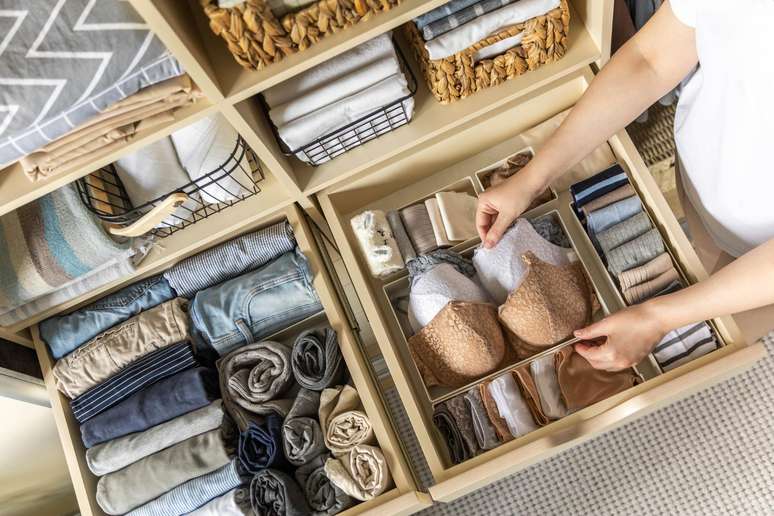From irritation to indifference, from indifference to pride, we transform the emotions that appear when the time comes to restore order.
When it comes to keeping a clean home, people fall into two categories: some take it easy, while others procrastinate as long as they can.
This is not a sign of demotivation – as research shows, indecision and hesitation are the biggest obstacles preventing us from starting housework. If you give in to doubt and let procrastination take over, the mess will get worse and it will be even harder to start clearing it.
“If there is chaos around you and things are lying around every day, it is very difficult to create habits that work for you. For them to emerge, you need an environment that makes them easy to follow,” says Wendy Wood, professor of psychology and business at the University of Southern California.
Simply put, tidying up should become an automatic action that you don’t think about. To achieve this, you can use the principles of behavior change science to help you accomplish household chores with ease.
ADVERTISING – CONTINUED BELOW
Choose the right tools
“Gather a kit of cleaning supplies, sponges, cloths, brushes and anything else you might need, and find a place to keep it permanently. Having the right tools and knowing how to use them is the key to making cleaning quick and easy,” says Patrick Richardson, laundry and cleaning expert and author of Loving Your Home: A Joyful Guide to Cleaning and Organizing Your Space.
Make an action plan
“We achieve our goals when we have a specific plan, rather than when we have a vague intention to do something. Breaking a task into small pieces will make it understandable and manageable,” advises Wendy Grolnick, professor of psychology at Clark University and co-author of Science-Based Strategies for Boosting Motivation in Yourself and Others.
Formulate the rules
“Many people think they lack motivation, but in reality, they lack clarity on what, when and how to do it,” says James Clergy, writer, speaker and author of The Simple, Proven Way to Build Good Habits and Break Bad Habits.
Rules solve this problem by training behavioral algorithms aimed at maintaining order: you will even eliminate the indecision that prevents you from getting started. To install them, Grolnik suggests using the “if […]That […]”
Here are some examples:
- If I walk into a room and see things on the floor, I pick them up.
- If I’m done working, I’ll clean up my desk.
- If I notice that the clothes on the dryer are dry, I put them back where they belong.
You can also do what is often called “habit stacking”: linking an action you need to add to your life with something you already do regularly, such as wiping the sink and brushing your teeth . When you add one operation to another, chances are the new habit will also become part of your “autopilot.”
Set a deadline








